Africa is known to have beautiful animals like the impala and greater kudu. But it’s also home to some of the deadliest creatures on the planet. We’ve made a list of the 18 most dangerous animals you could come across on your visit to the African continent.
African Elephant

Standing 13 feet tall and weighing up to 14,000 pounds, the African elephant is the largest and heaviest land mammal in the world, which spells trouble when it’s angry. These territorial animals are known to charge and trample on people when threatened, and they were responsible for over 200 human deaths between 2010 and 2017 in Kenya alone.
African Buffalo
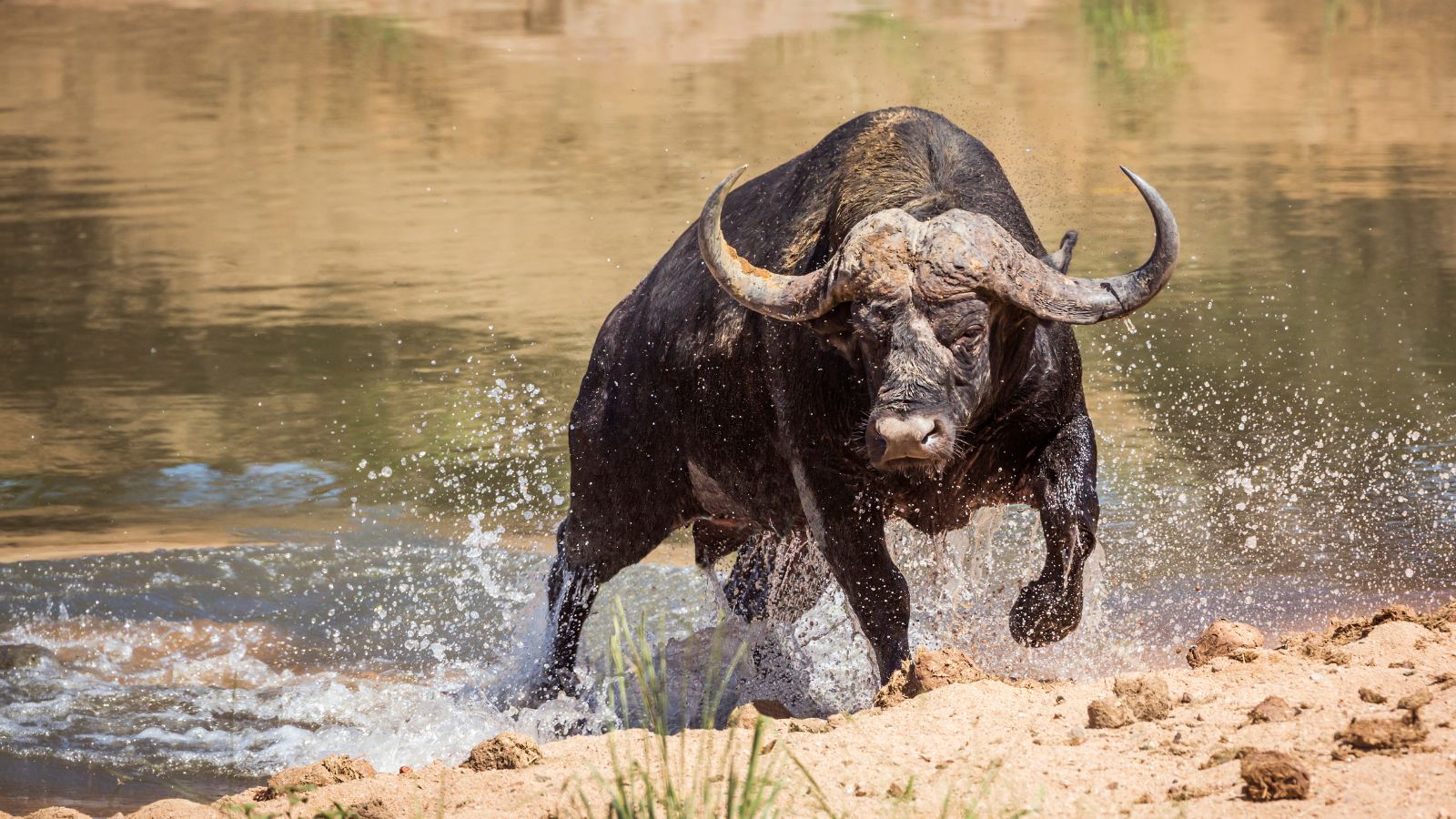
The African buffalo is nicknamed the ‘Black Death,’ and for good reason, too. These animals display unpredictably aggressive behavior, and since they walk around in herds, stampedes can get pretty dangerous, too! According to CambridgeUniversityPress, they kill an estimated 200 people per year, and they’re particularly dangerous when injured, as they don’t mind facing their attackers head-on.
Nile Crocodile
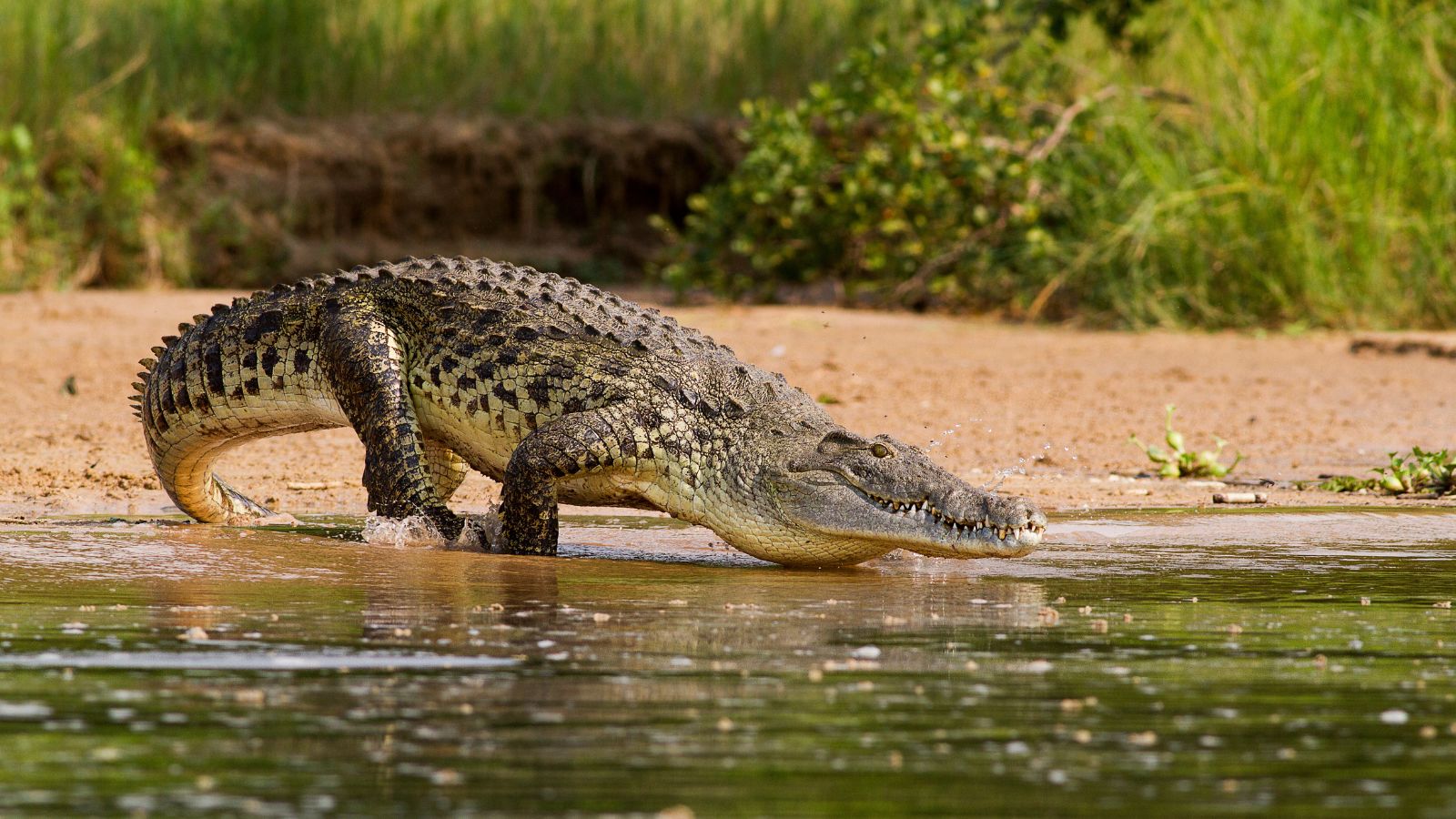
The Nile crocodile has one of the strongest bites of any animal in the world, exerting a pressure of over 3,000 pounds per square inch. It’s a patient hunter that waits for prey just beneath the surface of the water. It accounts for up to 300 deaths in Africa every year.
Hippopotamus
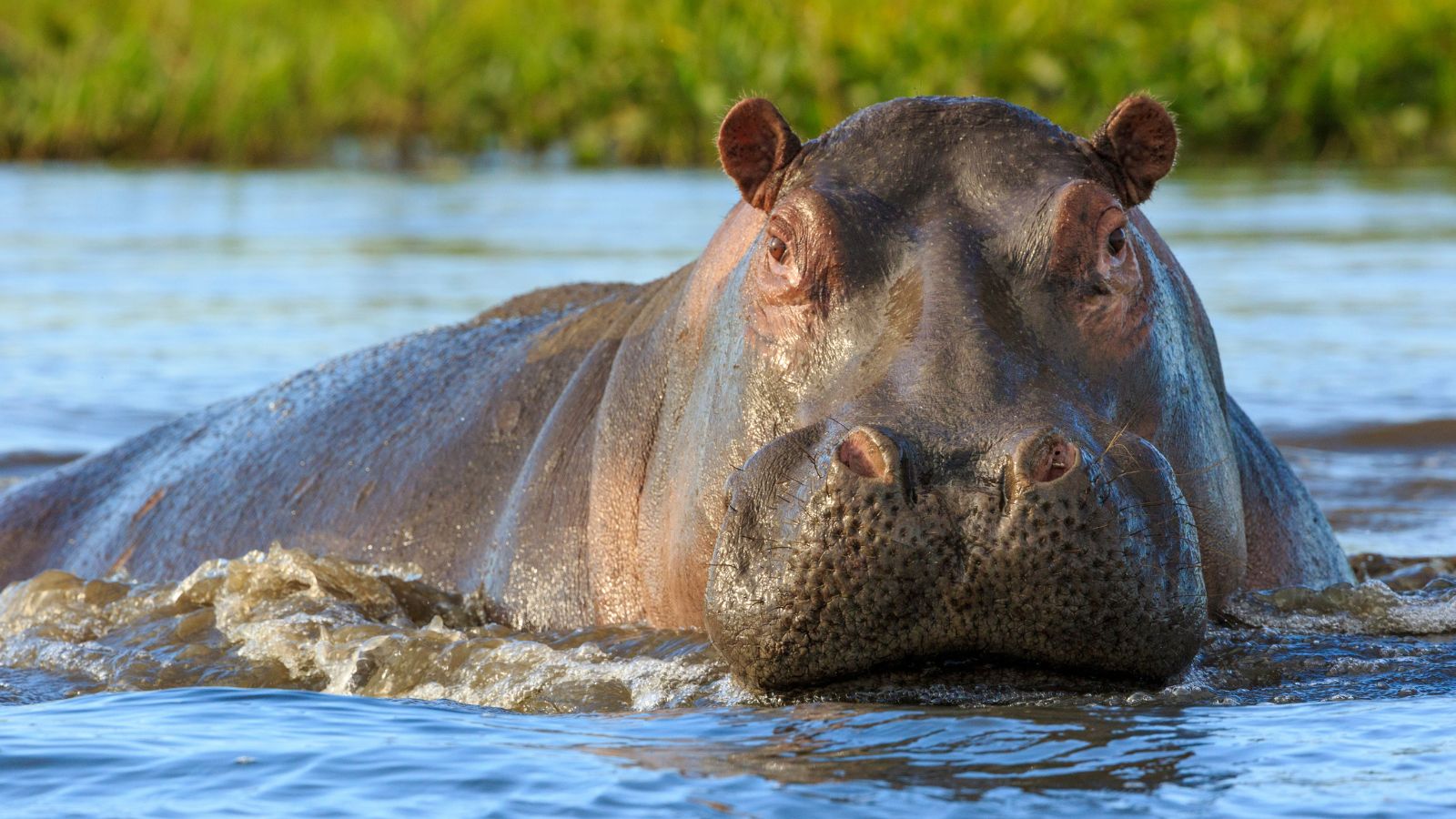
The hippopotamus also comes with an incredibly strong bite—in fact, it’s said to be the land mammal with the strongest bite force, at 3,689 pounds PSI. What’s more frightening is that the hippopotamus can also reach speeds of up to 200 miles per hour, and its territorial nature pushes it to kill over 500 people in Africa every year.
Lion
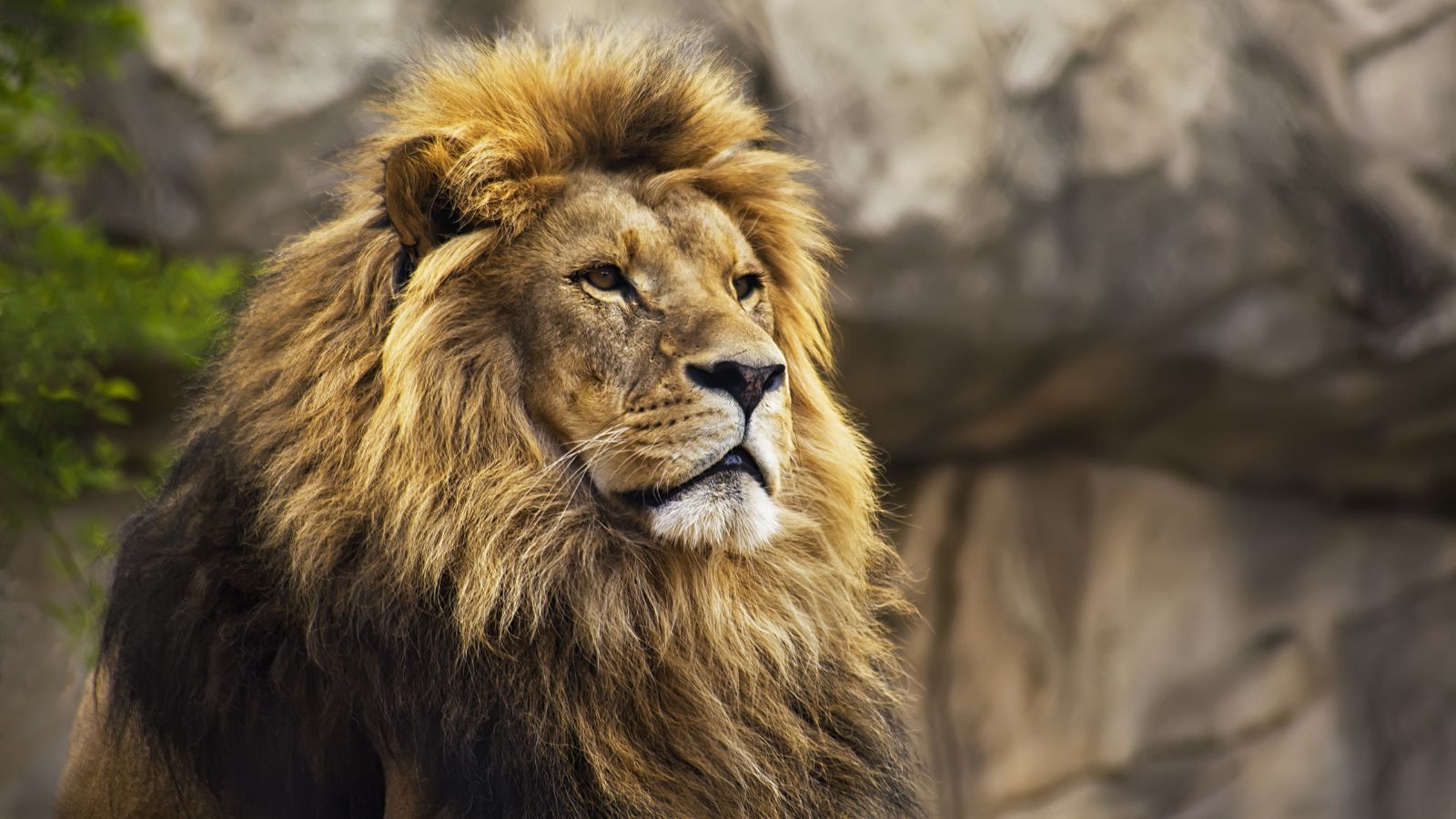
Lions leverage their strength and hunting prowess to maintain their status as the apex predators of the wild. Humans aren’t typical prey for them, but lions are still recorded to kill over 70 Africans per year. This is typically in areas where their usual prey is scarce, and it’s the weaker, older lions that are almost always responsible.
Cape Buffalo
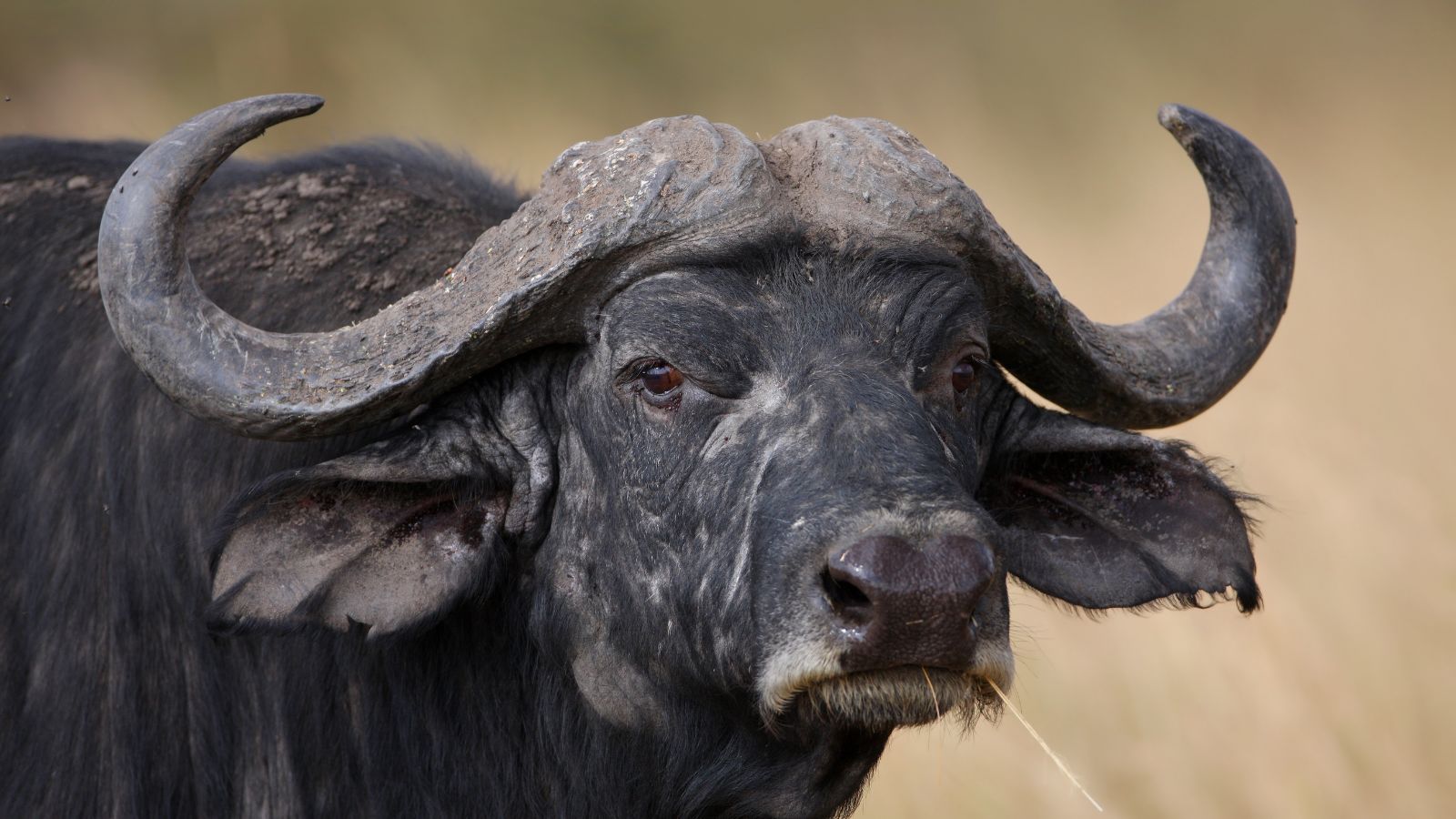
Cape buffalos come with a muscular build, weigh up to 1,900 pounds, and have large, curved horns that can cause severe damage to anyone they feel threatened by. These animals are particularly dangerous in groups (which you’ll mostly find them in), and they kill an estimated 200 humans per year.
Black Mamba

The black mamba’s neurotoxic venom starts to have terrible effects almost immediately, causing you to collapse within 45 minutes and lose your life only 7 hours later. What’s more scary about them is that they’re also one of the fastest snakes around, reaching speeds of 12 miles per hour.
Great White Shark
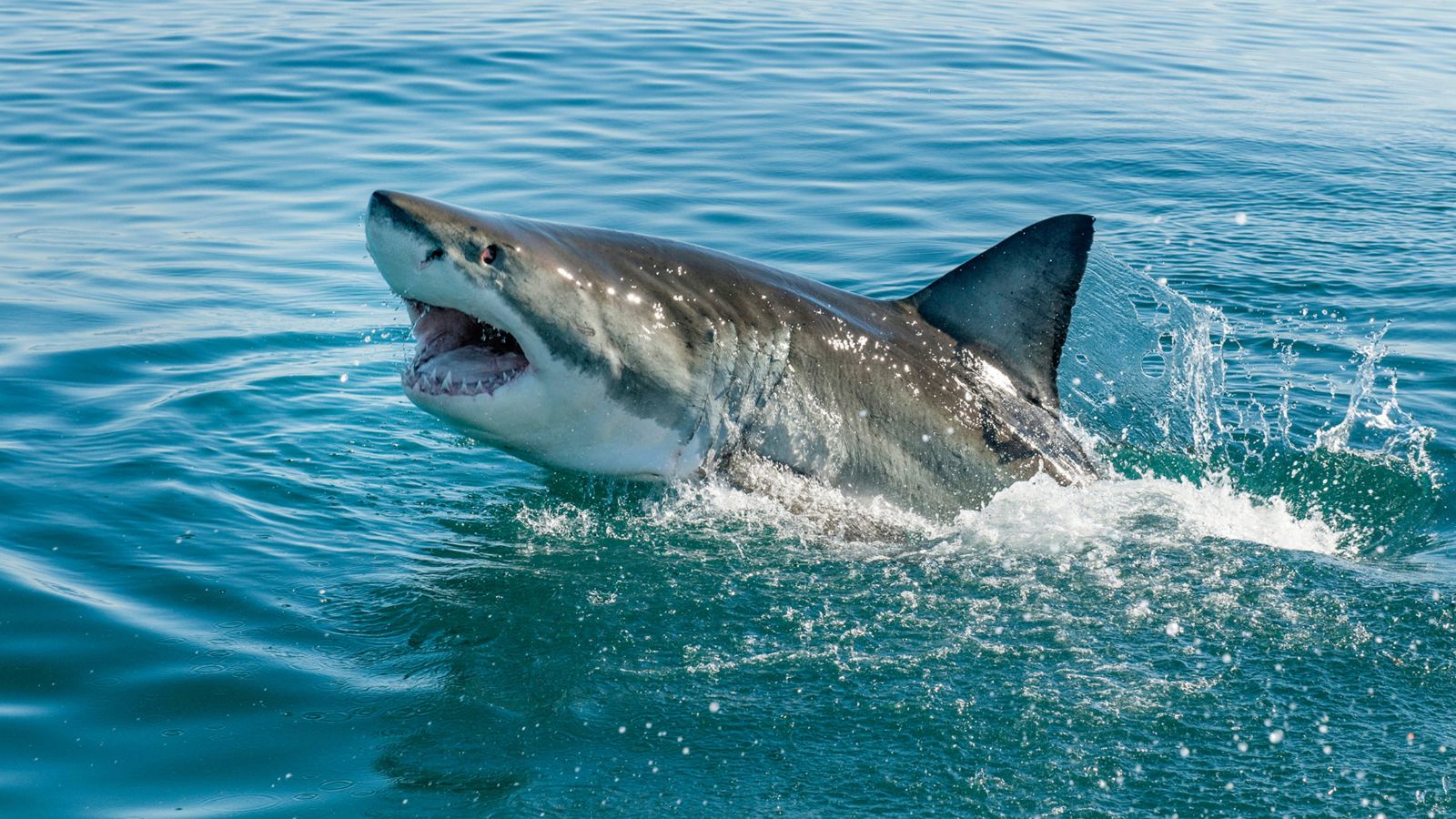
We all know how dangerous these marine predators can be, especially found in the False Bay and Gansbaai regions of South Africa. Their size, strength, and powerful bite make them top threats to swimmers and divers, and just in 2022, the Independent reported on two deaths from an attack in South African waters.
Spotted Hyena
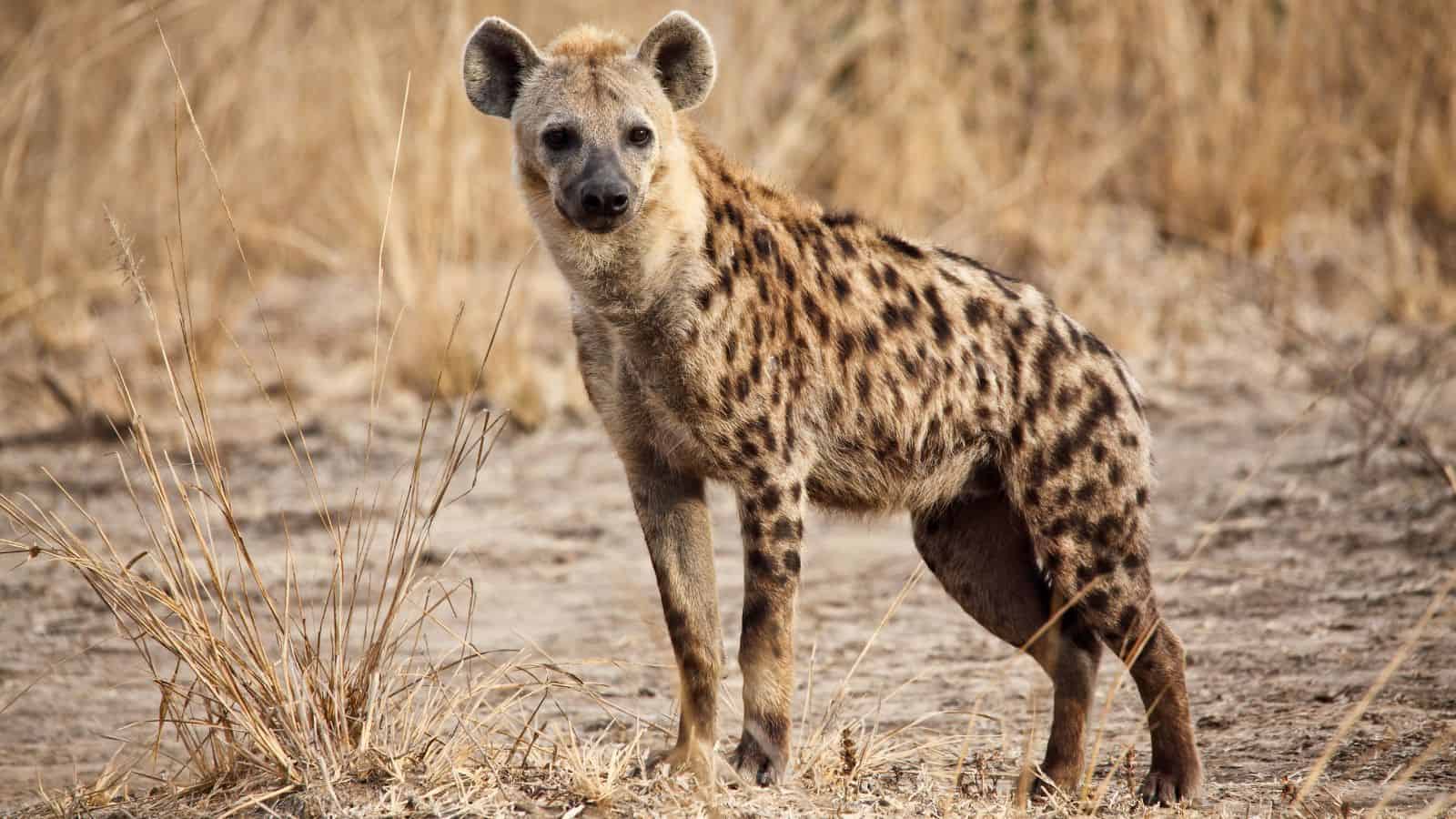
Bold and aggressive, spotted hyenas don’t mind having a scrap with lions and other large animals while they scavenge for food to eat. They have one of the highest jaw strengths in the animal kingdom, and they’re also known to attack humans, especially at night.
Mosquito
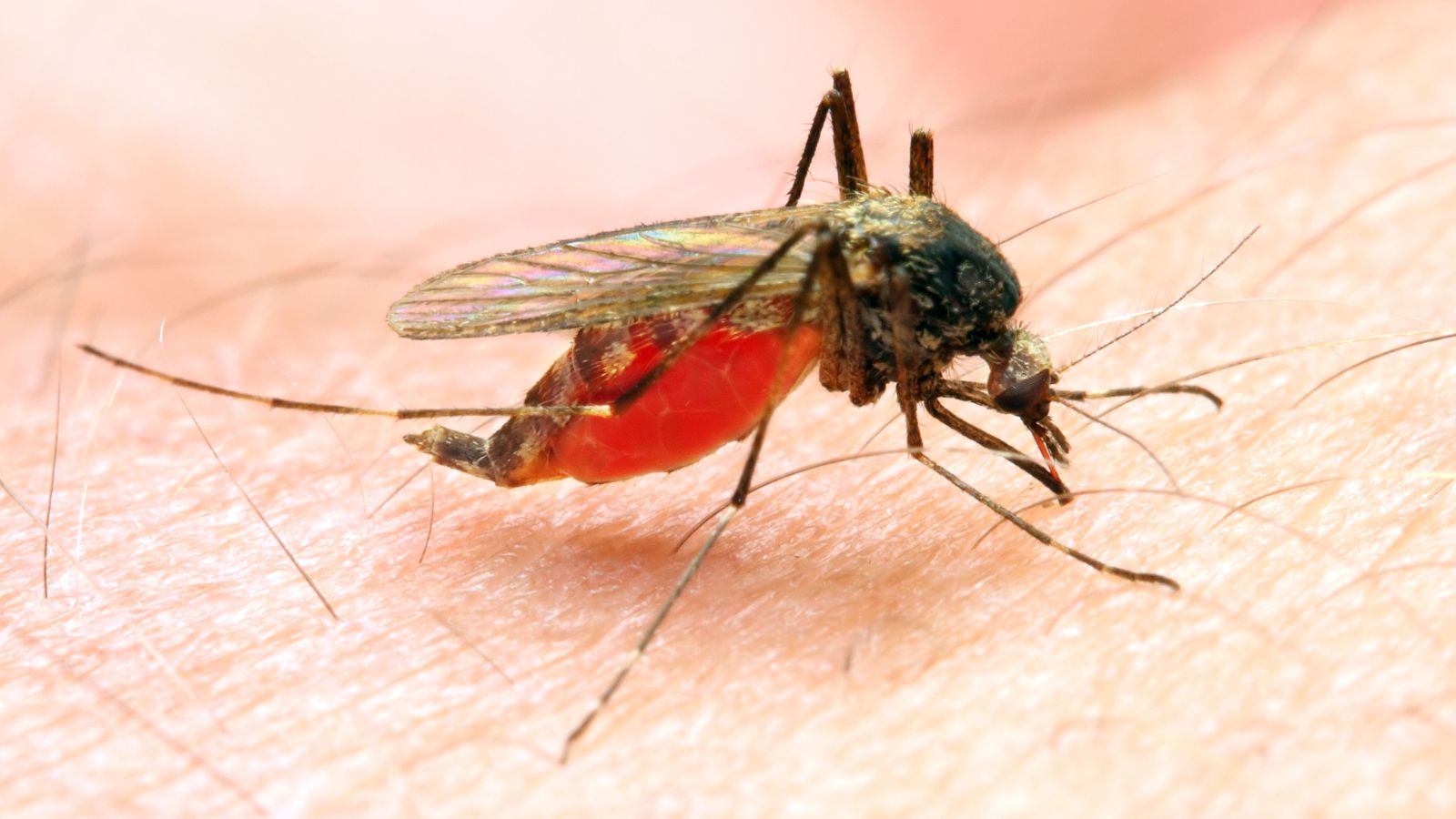
Although it’s the smallest animal on our list, the mosquito is the most deadly, not just in Africa but in the entire world. It’s a vector for fatal diseases like malaria, dengue fever, and the Zika virus, and the WHO says it’s responsible for over 580,000 annual deaths in Africa from malaria alone.
Rhinoceros
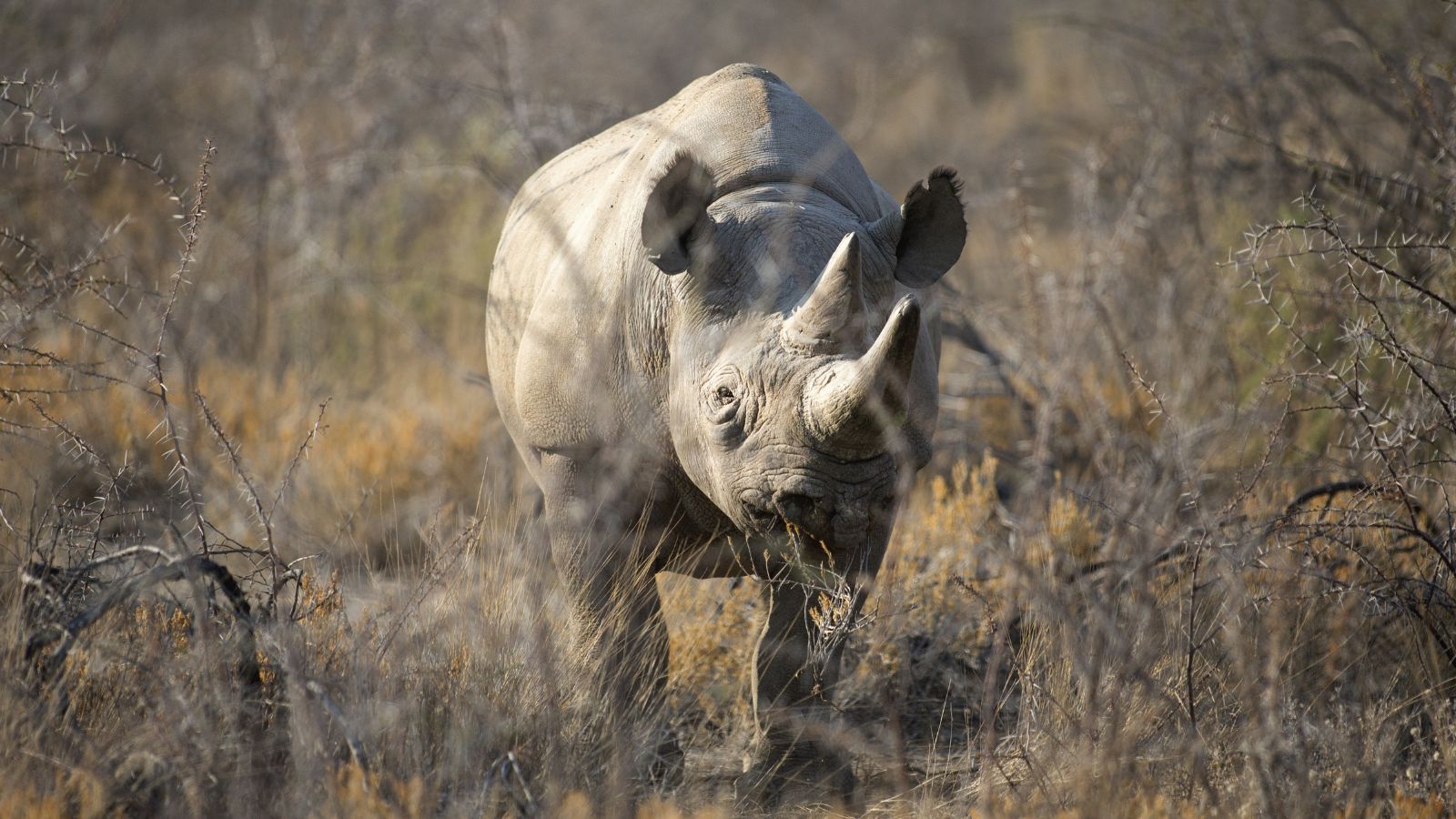
The rhinoceros is another animal on our list with a strong, heavy build, weighing 2,800 pounds. Rhinos, as they’re called, are highly territorial and, when in defensive mode, could inflict severe damage through their large horns. Despite how deadly they are, humans are more of a threat to their existence than they are to ours.
Tsetse Fly

Like mosquitoes, the tsetse fly is a vector for dangerous diseases, and this time, humans are particularly affected by sleeping sickness (trypanosomiasis). Sleeping sickness can be fatal if left untreated, and the tsetse fly is resistant to many control measures, making it a persistent threat across sub-Saharan Africa.
African Wild Dog
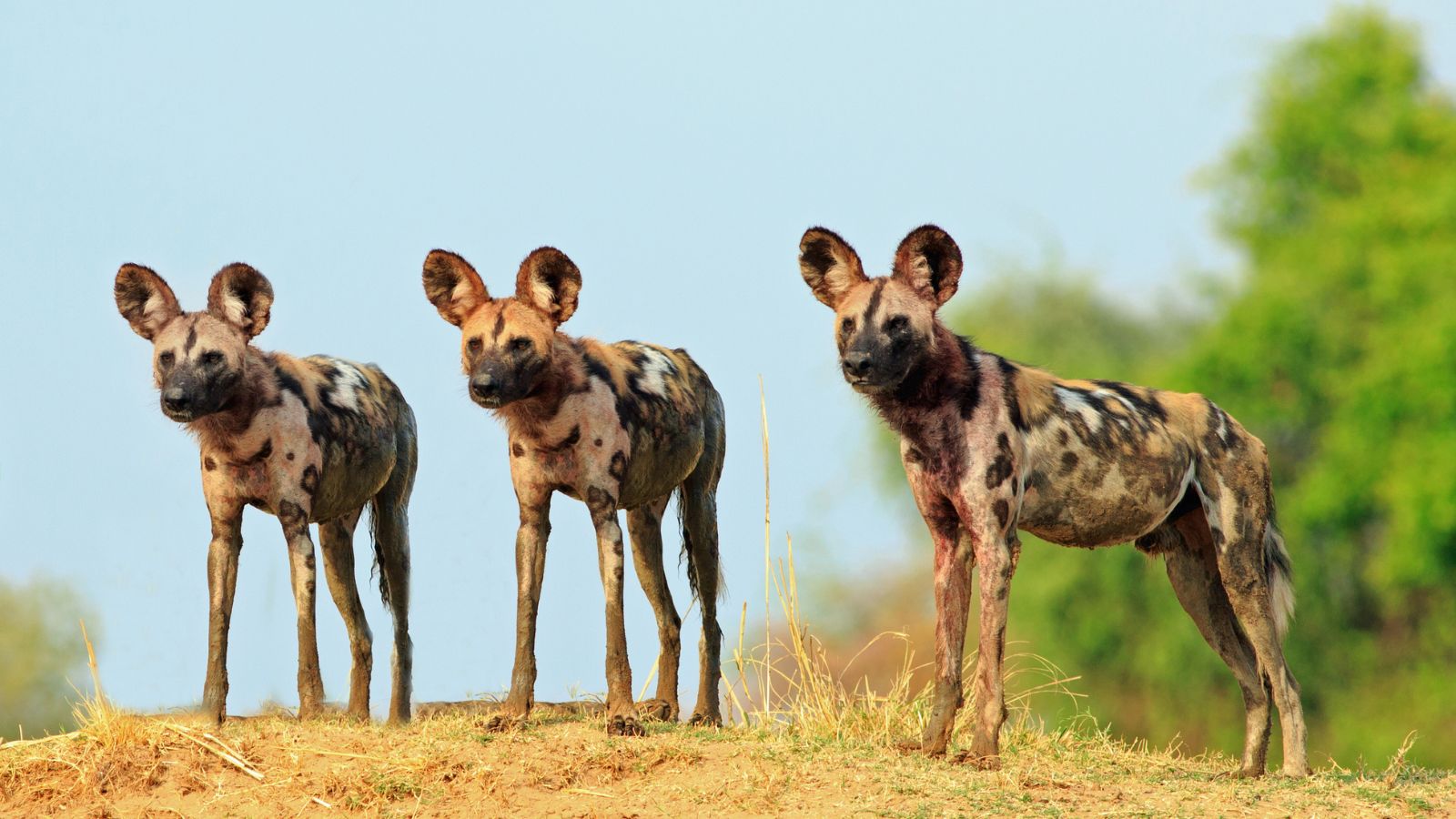
African wild dogs hunt in packs and are able to take down prey much larger than their size. But this is hardly the most interesting fact about them. Thanks to their sophisticated communication during hunting, these dogs are known to have a success rate of 80%—second only to the dragonfly (at 95%).
Puff Adder
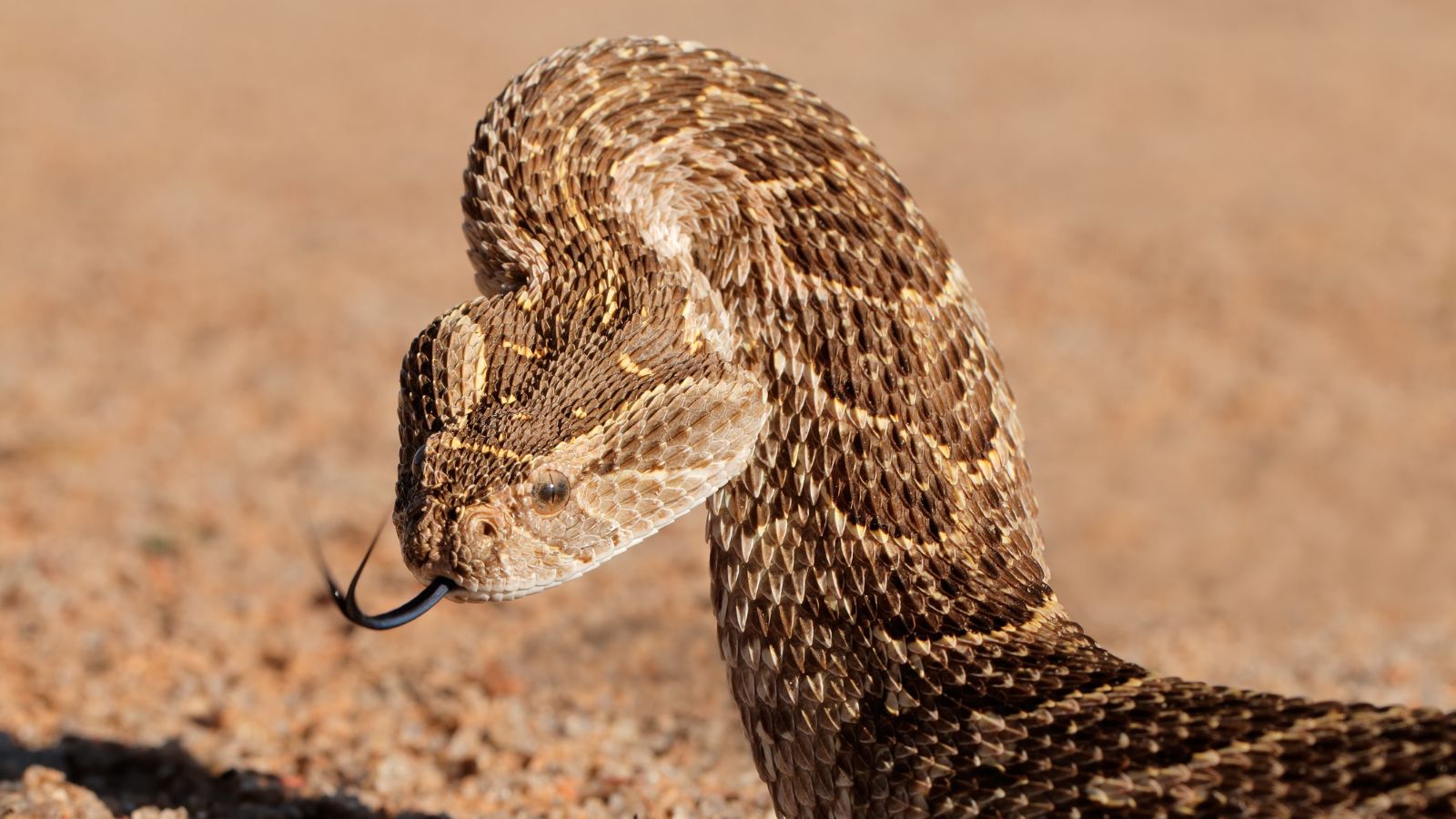
As we read from Brittanica, although its bite rarely causes death, “the puff adder is largely responsible for a significant number of snakebites on the continent.” It’s a snake that thrives in diverse habitats, which increases the chances for encounters, and a bite from one could cause you to lose a limb. Death can also occur from secondary infections.
Leopard
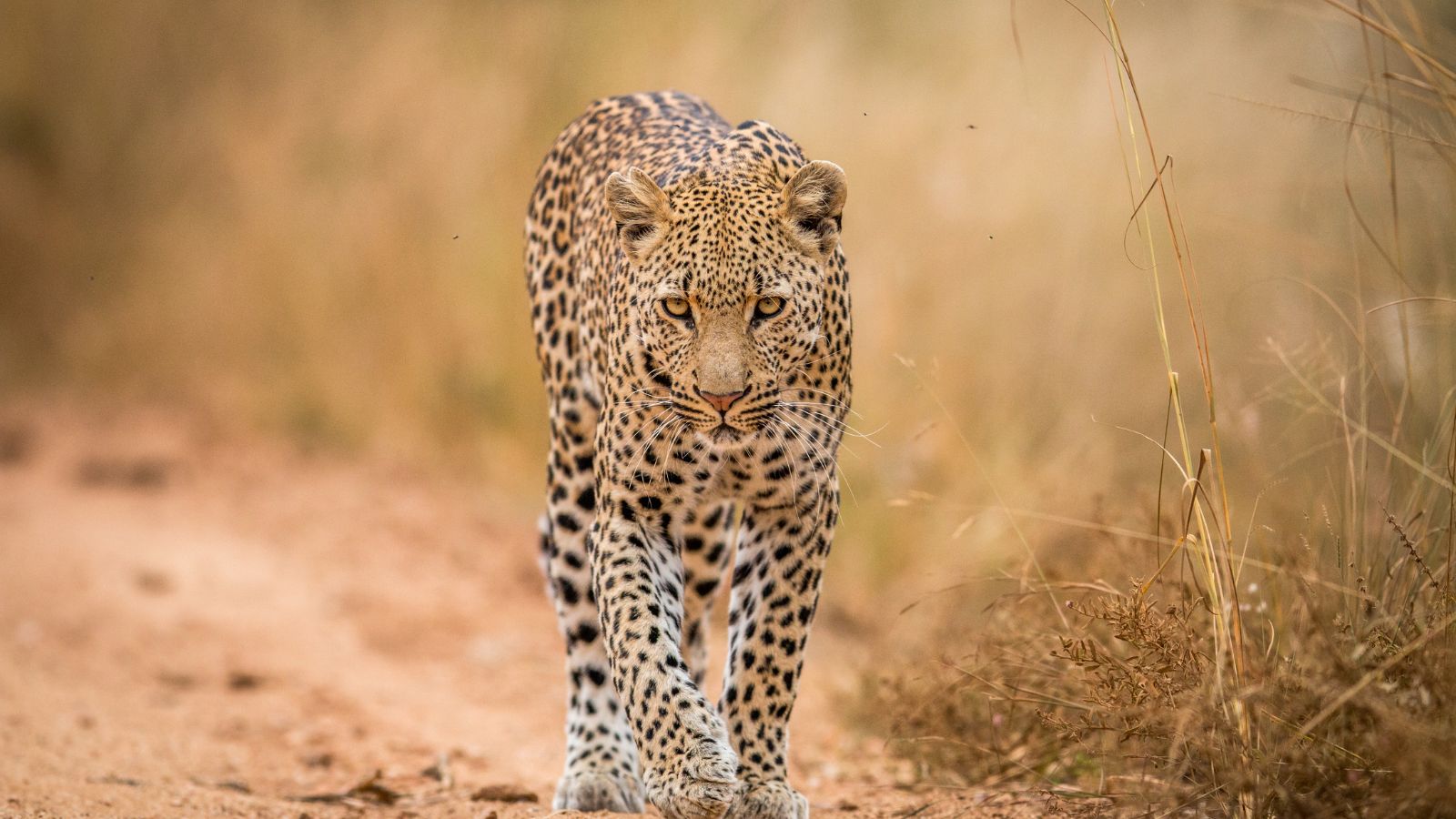
Although said to be the least likely of the big cats to attack humans, the leopard is a stealthy predator that’s responsible for tens of deaths over the past couple of decades. These animals are so strong that they drag large prey up trees to avoid scavengers, and they’re major threats to livestock on farms.
Boomslang
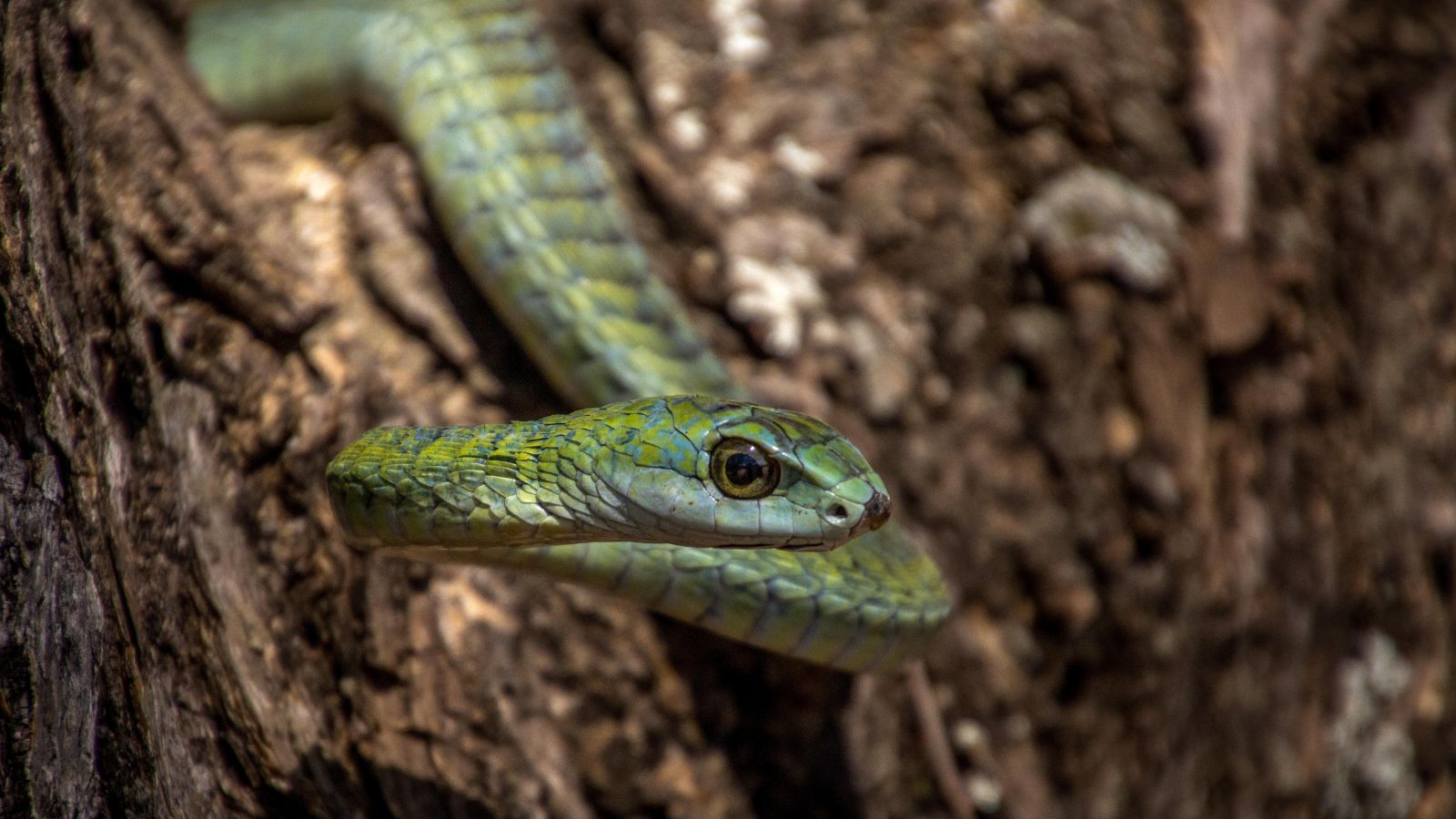
The boomslang is another venomous snake on our list, this time coming with a hemotoxic venom that could cause severe respiratory issues and brain hemorrhaging. Yes, it’s a shy species that has only killed eight people on record since 1957, but it’s still a dangerous snake that could cause death within 24 hours.
African Rock Python
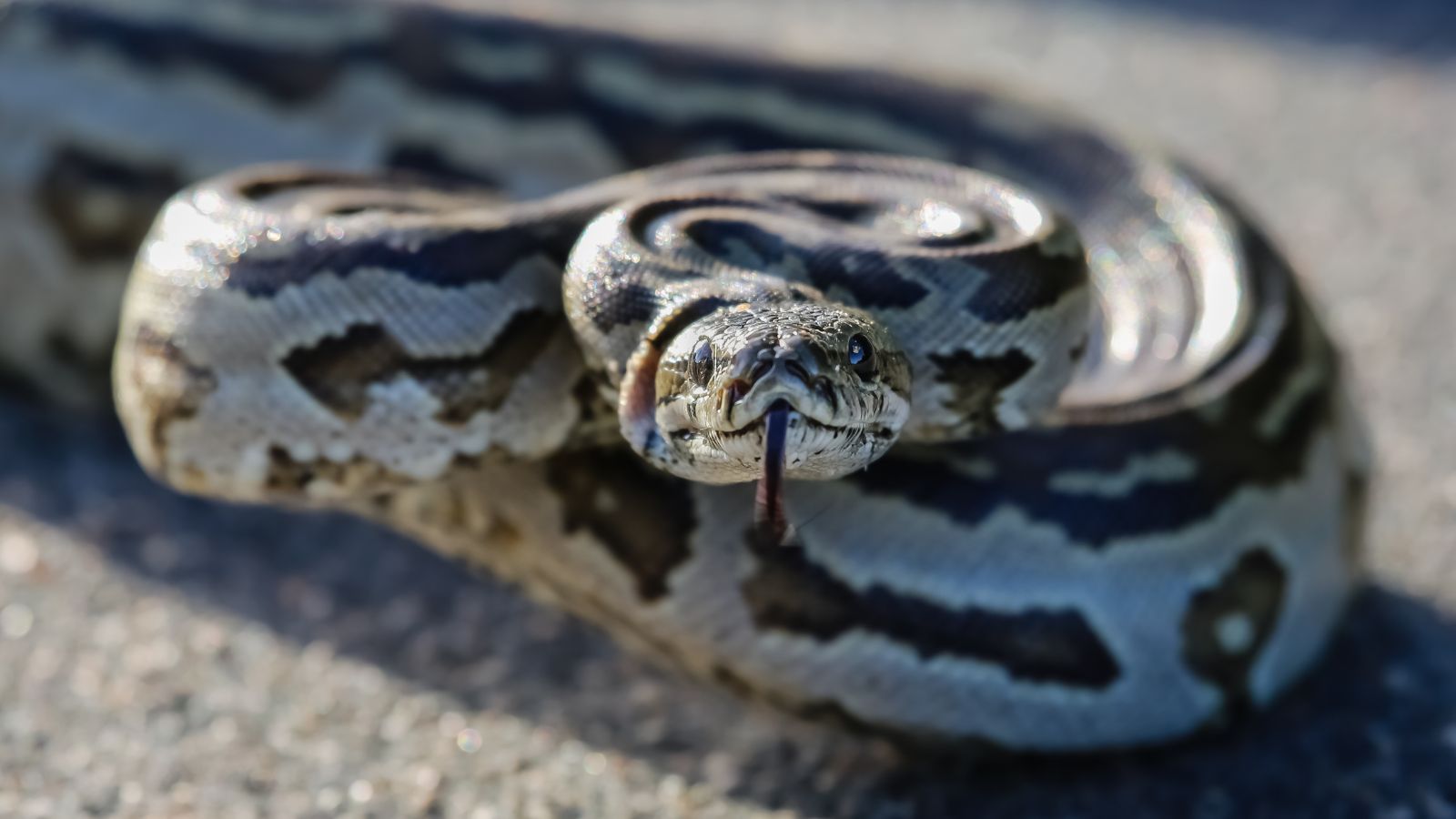
The African rock python is a 20-foot-long, 200-pound constructor that’s native to sub-Saharan Africa and capable of killing animals far larger than it. Human fatalities are rare, but National Geographic shares that the African rock python is responsible for two verified human deaths in the wild.
Africanized Honey Bee
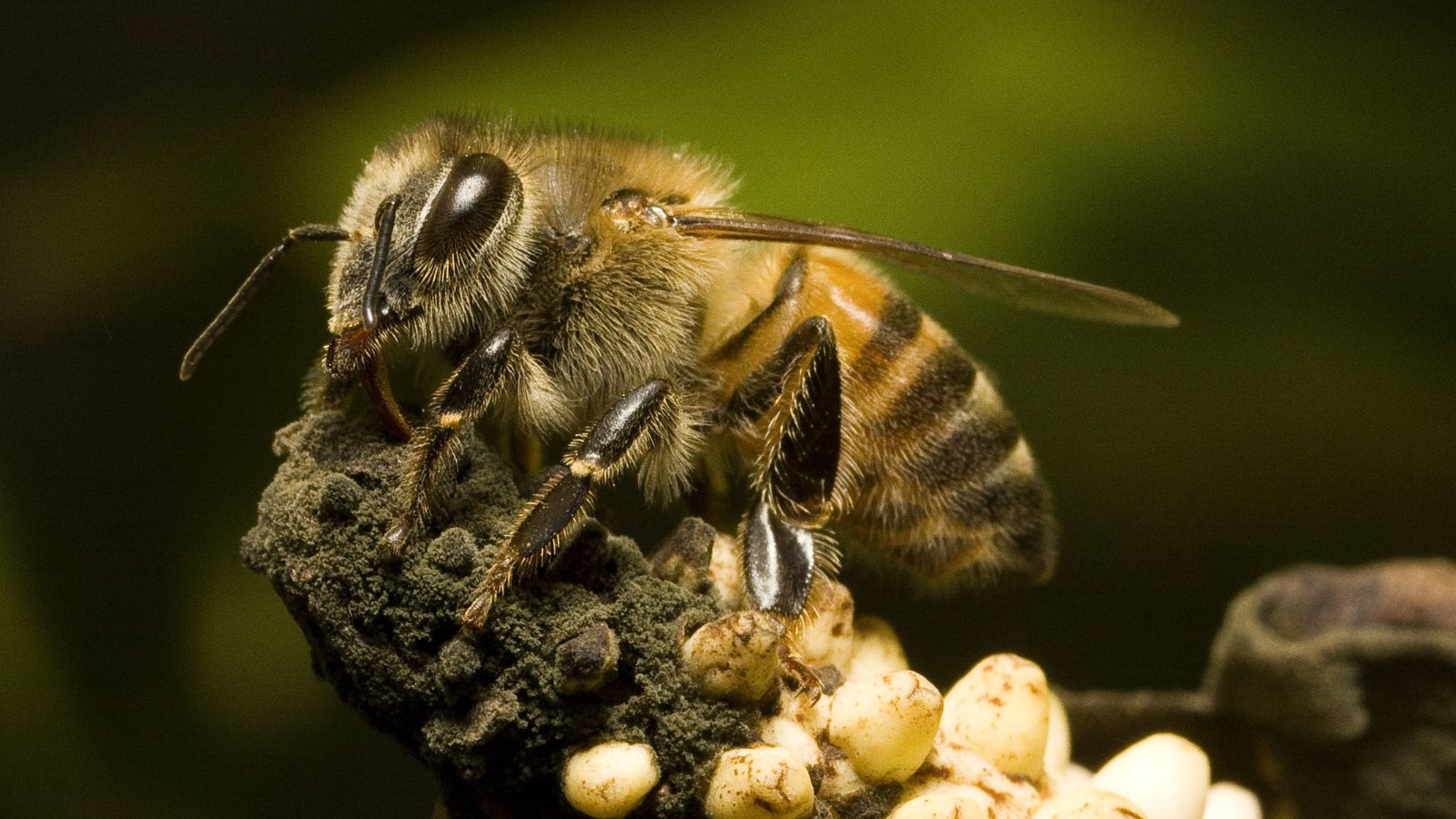
The Africanized honey bee isn’t called the ‘killer bee’ just for fun. These insects are responsible for thousands of human deaths across the world—ten times more than the European honeybee. And what makes them dangerous is that only 1000 stings prove fatal, and they attack in groups far exceeding this number.
Up Next: 17 Things Most People Forget After Someone Dies

When a person dies, it’s easy for their partner or family members to overlook things while they process shock and grief. Despite the pain of losing a loved family member, it’s important to remember to organize these 17 things to prevent problems later on.
17 Things Most People Forget After Someone Dies
17 Phrases Confident People Use to Stand Up For Themselves

Confidence is a healthy and attractive trait that helps us stand firm in our values and set healthy boundaries. We can always become more confident, and learning the right ways to stand up for yourself is a great way to start. Here are 17 phrases you can use to do so.
17 Phrases Confident People Use to Stand Up For Themselves
20 Signs Someone Is Only Pretending to Care

Whether it’s to avoid hurting your feelings or if it’s part of a more elaborate plan to deceive you for benefits, people pretend for many reasons. The main theme with them, though, is that their actions never match the sugar-coated words that come out of their mouths. So that you don’t fall for someone like this, we’ve compiled 20 signs for you to look out for.
